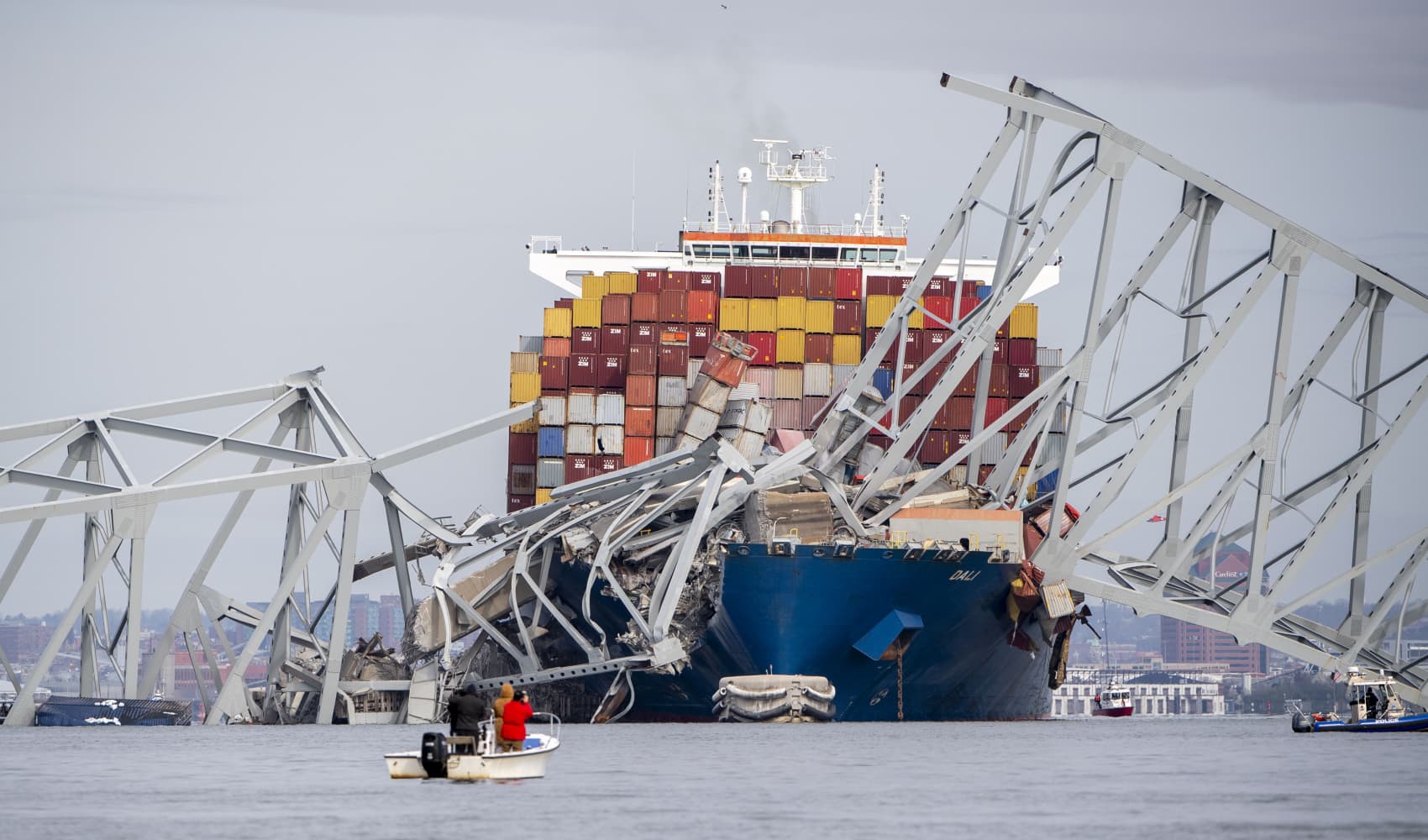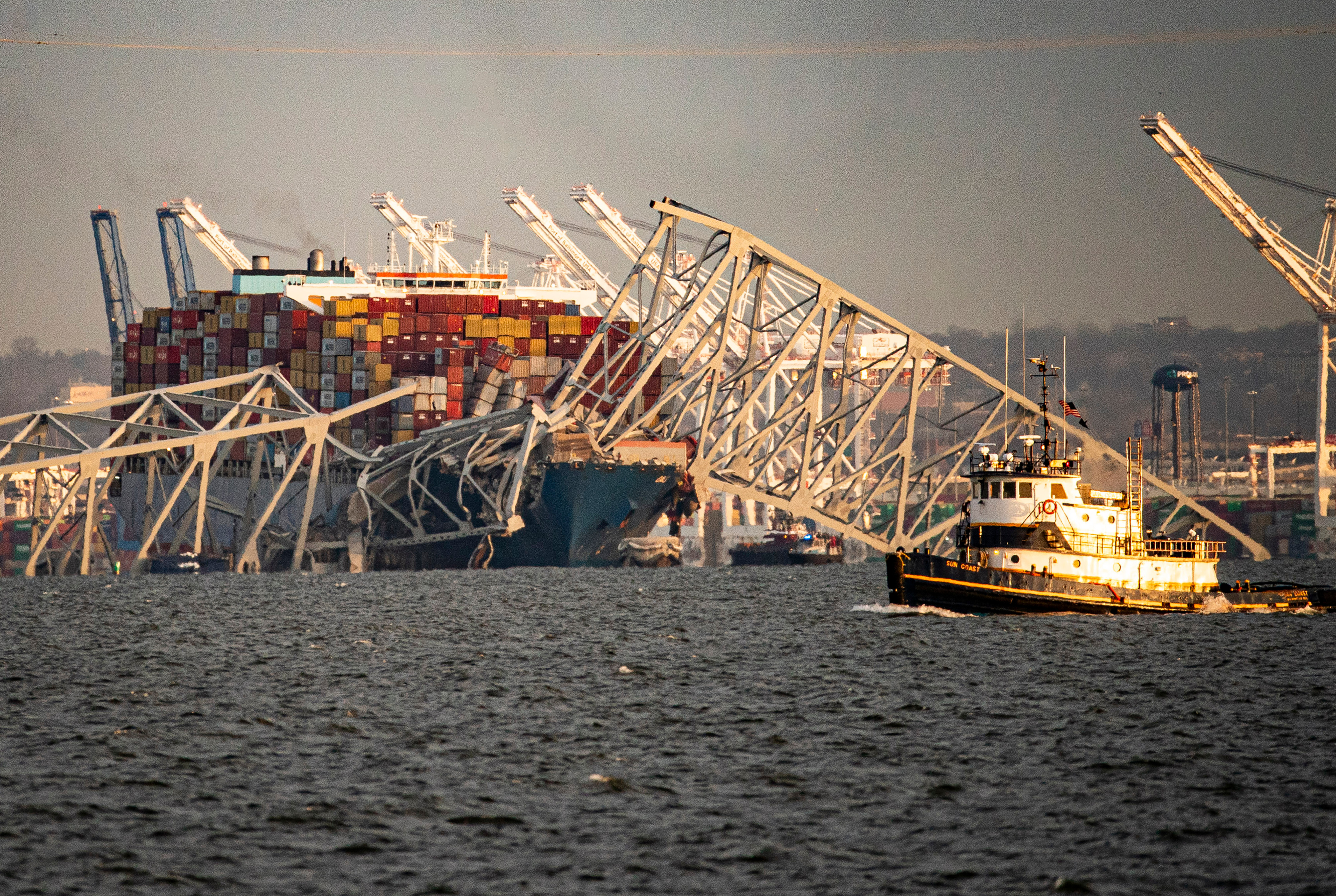What to Know
- With the collapse of the Francis Scott Key Bridge in Baltimore after a massive cargo ship rammed into it, questions are being raised on the bridge’s safety and construction?
- Often, bridges like the Francis Scott Key, which are decades old, do not have enough impact protection, which may be one of the main reasons why the bridge collapsed after a cargo ship rammed into its support column. (The Key Bridge opened in 1977.)
- The tragic Francis Scott Key Bridge collapse may be a wake up call to protect bridges nationwide.
The Port of Baltimore is one of the busiest in the nation, handling more than 50 million tons in international cargo just last year.
With the collapse of the Francis Scott Key Bridge in Baltimore after a massive cargo ship rammed into it, questions are being raised on the bridge’s safety and construction, including why weren’t bridge support columns better fortified and what kinds of barriers did it have to protect the columns from impact?
Often, bridges like the Francis Scott Key, which are decades old, do not have enough impact protection, which may be one of the main reasons why the bridge collapsed after a cargo ship rammed into its support column. (The Key Bridge opened in 1977.)
The Newark Bay Bridge has a similar design and length to the Francis Scott Key Bridge. Meanwhile, around the Delaware Memorial Bridge in Philadelphia a $93 million project is underway as underwater piledrivers are planting giant stone cylinders around the bridge’s port towers to protect it from a possible catastrophe, like the one in Baltimore.
“I was stunned when I saw the bridge go down,” James Salmon, spokesperson for the Delaware River and Bay Authority, said. “I was speechless.”
Salmon said the collision protection project for the Delaware Memorial Bridge was approved because shipping traffic is increasing at ports around the East Coast and because cargo ships have gotten bigger — which means the threat of a crash is also bigger.
BALTIMORE BRIDGE COLLAPSE
“If a ship loses its power control, if it’s headed to the towers, it would glance off of these structures and the structures themselves that are in the water to act as that bumper would absorb the impact of the ship,” Salmon said, explaining how the stone cylinders would protect the Delaware Memorial Bridge.
Aerial videos after the collapse of the Key Bridge did not appear to show modern collision barriers near the bridge’s support columns — a topic that was not addressed by the National Transportation Safety Board during a Tuesday press conference.
“Part of our investigation will be how was this bridge constructed, it will look at the structure itself, should there be any safety improvements,” Chair of the National Transportation Safety Board Jennifer Homandy said.
Back in New York City, the deputy mayor overseeing infrastructure said she believes the city’s bridges are well protected from accidental impacts from trucks and ships.
“We want New Yorkers to rest assured that the right precautions are in place to ensure that our infrastructure is safe and remains safe and how it interacts with both trucks and ships,” Meera Joshi, deputy mayor for operations for New York City, said.
However, civil engineers still worry we’re not spending enough on bridge fortification. City College professor Anil Agrawal, who helped write federal bridge collision protection guidelines, said building barriers near piers and columns can be expensive — but the cost is worth it compared with losing critical infrastructure for months or even more than a year. He said we have to take “proactive measures.”
“When we have this very critical and expensive asset, then we have to design for the worst case scenario,” Agrawal said.
In the end, the tragic Francis Scott Key Bridge collapse may be a wake up call to protect bridges nationwide.






0 Comments